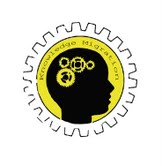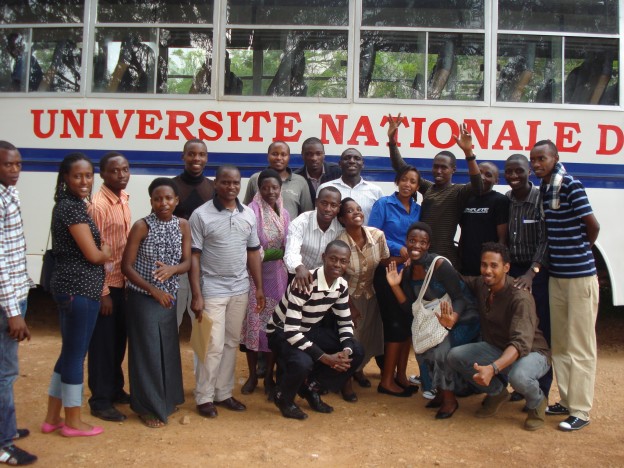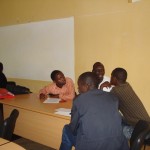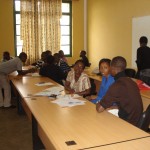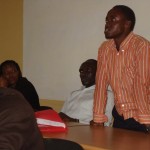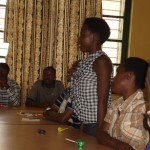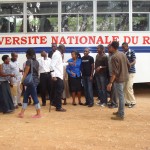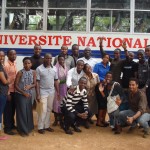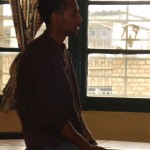CARFMS14: Coherence And Incoherence In Migration Management And Integration: Policies, Practices And Perspectives
Canadian Association for Refugee and Forced Migration Studies (CARFMS)
Hosted by
Centre de recherche en droit public (CRDP), University of Montreal
in collaboration with the
Research Chair in Immigration, Ethnicity and Citizenship (RCIEC), University of Quebec at Montreal
Montréal, Quebec
May 7-9, 2014
In the past decade, immigration and asylum policies in Canada and elsewhere have undergone a profound shift. Preventive and repressive measures were taken against irregular migrants, including refugees and other forced migrants. While States have sought to achieve greater coherence in their migration management and integration policies and practices both at the national, regional and international levels the resulting consequences, in many instances, have been, rather, greater incoherence. Border controls were strengthened and international cooperation was intensified. On the pretext that asylum channels were abused by migrants, authorities adopted measures which made asylum and complementary forms of international protection harder to obtain. The decision-making process was accelerated, appeals were eliminated and detention became more systematic. Many states started to deny asylum seekers basic social and economic rights as part of a deliberate policy of deterrence. This exclusionary approach to forced migration management comes at a moment when States are pursuing more and more selective and diversified policies aiming at maximizing economic benefits of immigration. For instance, since 2000 the number of temporary migrant workers in Canada has tripled. Low-skill, low-wage migrant workers represent a flexible work force with few rights. A similar trend can be observed in other countries, where temporary workers and forced migrants find themselves legally, economically and socially marginalized. These developments are not only financially counterproductive but also strain States’ domestic and international obligations to provide human rights and refugee protection. Unsurprisingly, States have failed to address the root causes of forced migration. Due to stricter border controls and a harsher asylum system, more people turn to irregular means of migrating. This, in turn, creates an environment that is conducive to migrant smuggling and human trafficking. Heated debate on migration contributes to racism and xenophobic sentiments in many countries, creating a climate in which opportunities for sensible reflection are rare.
The 2014 CARFMS Conference will bring together students, researchers, policymakers, displaced persons and advocates from diverse disciplinary and regional backgrounds with a view to better analyse and understanding how contemporary migration and asylum policies, processes and structures have produced greater coherence and/or incoherence in the management of forced migration and integration. We invite participants from a wide range of perspectives to explore practical, social, legal, policy-oriented and theoretical questions of importance to the coherence of forced migration management. We also invite studies of short and long-term options for to integration and resettlement of forced migrants taking into account challenges and achievements.
The conference will feature keynote and plenary speeches from leaders in the field and refugees, and we welcome proposals for individual posters, papers, organized panels and roundtables structured around the following broad subthemes:
1. Coherence and Incoherence in the Management of Migration: Local, National, Regional, Comparative and International Issues and Concerns
This theme analyses discourse, norms, procedures and practices regarding border security, asylum and immigration and integration policy as well as their effectiveness, consequences and compatibility with domestic and international human rights and refugee protection standards. How can we ensure more coherent migration policies at the national, regional and international levels? What are the root causes of forced migration? What are the short and long-term implications of changes in the asylum and immigration system in Canada and abroad? What are the appropriate strategies to address irregular migration? What are the best practices in the reception of asylum seekers and the integration of migrants? How do international, regional, national and local actors, institutions and agencies, employers and members of civil society promote the legal, economic and social inclusion of migrants? How are the specific needs of women, children, elderly, disabled persons and other vulnerable persons met?
2. Coherence and Incoherence in the Integration of Migrants: Local, National, Regional, Comparative and International Issues and Concerns
This theme explores States’ utilitarian approach towards migration which challenges the balance between the objective of economic development, on the one hand, and integration and the fundamental rights of migrants, on the other. It also deals with the recent changes in the reception systems and in the treatment of forced migrants. What are the strengths and the weaknesses of reception, settlement, and integration policies? How should these policies be adapted to meet the needs of increasing numbers of temporary workers and of forced migrants, and foster their legal, economic and social inclusion? What is the role played by local, national and regional authorities, employers and members of civil society dealing with issues such as health, education, social welfare, employment and law enforcement? How does gender, sex, age, race, nationality or statelessness and other factors, taken individually or collectively, affect the coherence and/or incoherence in migration management and integration?
3. Towards Greater Migration Management and Integration Coherence Without Incoherence : New Approaches, Research Methods and Theories
This theme solicits research on innovative approaches, grounded theories and methods in migration management and integration, developed within traditional disciplines or along interdisciplinary lines. New theoretical, conceptual, methodological issues from diverse critical and institutional perspectives lead to a better understanding of recent developments and challenges in the field of migration, and, ultimately, to more coherent policies and practices affecting the migrants in local, national, regional, and international contexts. What are the practical issues and challenges of researching migration management and integration and their coherent and/or incoherent consequences? How do we do research on these issues? How does our research influence theoretical foundations of citizenship and diversity, as well as policies of management, adaptation, and integration of refugees and other forced migrants? What are the implications of positioning ourselves as academics, policy makers, displaced persons, advocates, or activists when we are looking into issues of displacement, management and integration?
SUBMISSION OF ABSTRACTS
The deadline to submit abstracts has passed.
For more information, please contact:
Michele Millard
Coordinator, Centre for Refugee Studies
CARFMS Secretariat
8th Floor, Kaneff Tower
4700 Keele Street Toronto, ON M3J 1P3 Tel : 416-736-2100 ext. 30391
Fax : 416-736-5688
Email : mmillard@yorku.ca
www.yorku.ca/crs
www.refugeeresearch.net
